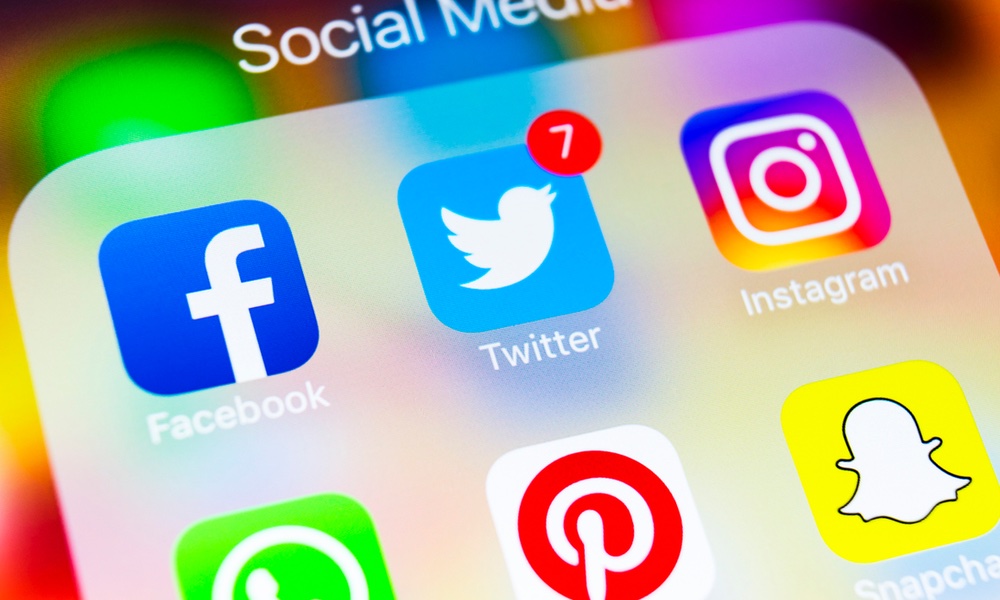The amount of disinformation — theories and claims without proof — circulating on social media has long been an issue. The abundance and rapidly-mutating nature of disinformation is complicating public health efforts to protect citizens during the current pandemic, according to a survey by researchers at the Annenberg Public Policy Center at the University of Pennsylvania.
For example, the survey found that those who believed the claim that COVID-19 was created in a lab by the Chinese government rose from 55 to 66 percent among people who frequented media outlets such as FOX News, Rush Limbaugh, Breitbart and Drudge Report, despite the fact that no basis for this claim has been found.
Researchers surveyed 840 adults in March 2020 and again in July 2020. They found those who received most of their news from conservative sources were more likely to believe three unproven conspiracy theories at higher rates than were those who relied on other news sources. They were also less likely to wear a mask or intend to get vaccinated for COVID-19.The impact of baseless claims in certain media outlets and on social media is concerning because despite the vaccines’ success at protecting people from SARS-CoV-2 infection, vaccination rates are slowing in the U.S.
Finally, the percentage of participants who believed that the novel coronavirus was created by the Chinese government as a bioweapon rose to 38 percent from 28 percent in the same time period.
The increase in these unproven or disproven beliefs was significantly higher among consumers of conservative media than among consumers of more neutral broadcast media or liberal-leaning media. It was also related to a decrease in intention to wear a mask and get vaccinated, with those who did not tend to get their news from conservative media becoming more amenable to mask wearing and vaccination during the survey period.
SARS-CoV-2, the virus that causes COVID-19, is believed to have originated in an open-air animal market in Wuhan, China, although the Chinese government has been reluctant to allow international observers to supervise their efforts to combat the deadly disease. Little to no evidence suggests that the virus is manmade.
The study highlights the immense importance of clear, consistent communication from news and media outlets when it comes to public health issues. Inconsistency breeds distrust at a time when faith in science and medicine is especially needed.
Those who are concerned about the effects of disinformation in the media regarding COVID-19 can reduce their likelihood of being exposed to such disinformation by avoiding social media as a way of accessing news.
The study is published in the Journal of Medical Internet Research. More information about this study is available at the Annenburg Public Policy Center.





